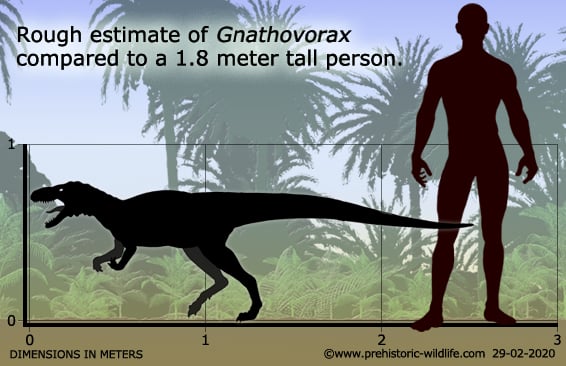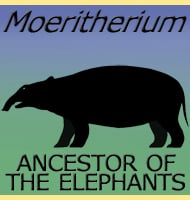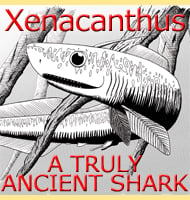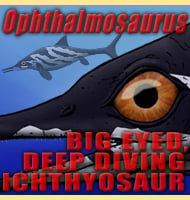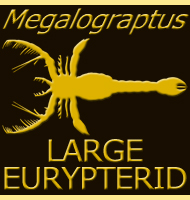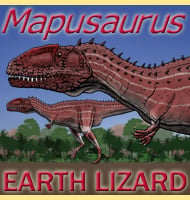In Depth
Gnathovorax was a very exciting find, not just because it was another early predatory dinosaur, but because of the high level of preservation in the holotype individual. Gnathovorax was an herrerasaurid dinosaur, and like other genera of its kind (such as Herrerasaurus and Sanjuansaurus), would have been a bipedal predator, and a precursor of the main land predator type throughout the remainder of the Mesozoic. However, because so much more of Gnathovorax has been preserved, and in such a good way, we can more easily reconstruct this dinosaur, and gain probable insights into relative genera of dinosaurs which were otherwise lacking in them due to lack of overall preservation.
The holotype specimen of Gnathovorax was discovered near to the fossil remains of cynodonts and rhynchosaurs, and it is tempting to think that early dinosaurs like Gnathovorax may have hunted these other kinds of creatures. However the type specimen of Gnathovorax was found in a mudstone deposit, which leads to other ideas. One is that Gnathovorax along with these other creatures could have been caught up in a mudslide and buried together. Another is that the cynodonts and rhynchosaurs got caught up in a mudslide or predator trap of some kind, and when the Gnathovorax came along to eat their bodies, it got stuck and died itself.
Further Reading
- Gnathovorax cabreirai: a new early dinosaur and the origin and initial radiation of predatory dinosaurs. PeerJ 7(e7963). - C. Pacheco, R. T. Muller, M. Langer, F. A. Pretto, L. Kerber & S. Dias Silva - 2019.
